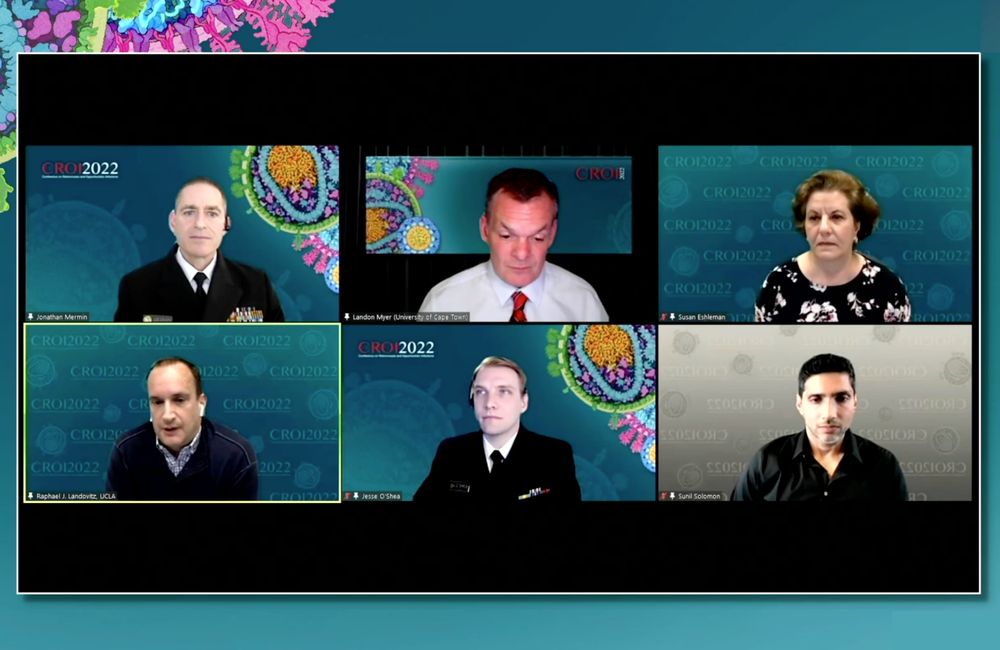
One of the most important HIV conferences of the year, the Conference on Retroviruses and Opportunistic Infections (CROI 2022), took place in February. Here are the highlights on PrEP, vaccines and HIV prevention successes.
The latest data confirm that PrEP given as an injection every two months had superior efficacy to a daily pill in gay and bisexual men and transgender women – there were 66% fewer infections. Researchers looked in detail at the handful of infections that did occur. Most were due to missed or late injections, but there were seven infections in people who did not miss doses.
Further analysis from the study of injectable PrEP suggests that wider use of PCR testing (rather than antibody testing) in PrEP programmes would help identify breakthrough infections earlier. One unusual feature of the infections that occurred was that the production of HIV antibodies occurred several weeks or months later than usual. In several cases, the delayed diagnosis resulted in the development of drug resistance.
An experimental vaccine tested in over 2600 young women in seven southern African countries did not provide protection from acquiring HIV, the conference was told. The Imbokodo study was launched in 2017 but was stopped ahead of schedule in 2021 because of the poor results. The findings add to a long string of HIV vaccine disappointments – future vaccine studies will probably need to take a different approach.
Data collected in France since the year 2000 show an HIV transmission rate of 0% among mothers who were taking HIV treatment at the time of conception, had an undetectable viral load at childbirth and did not breastfeed. The overall transmission rate during pregnancy and childbirth decreased from 1.1% (between 2000 and 2005) to 0.2% (between 2011 and 2017).
A combination of prevention measures led to the 75% fall in new HIV infections in gay and bisexual men in the UK, according to a modelling study. If condom use was still at the level of 1980, the annual rate of infections would now be double. Similarly, if PrEP hadn’t been introduced, there would also be twice as many infections. Increases in HIV testing and early treatment of HIV also made major contributions, but the synergy between the four measures added to their impact.
Click on the links to find out more.
You can also read our selections of the top five stories from African countries and on HIV treatment, HIV cure and vaccine, and HIV, ageing and co-morbidities at CROI 2022.
